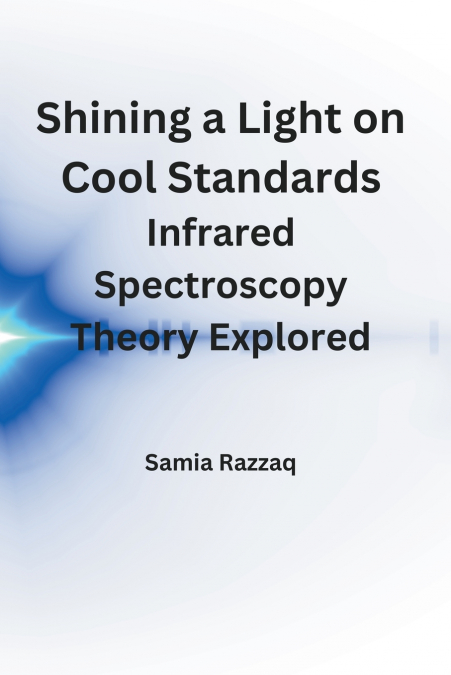
Samia Razzaq.
Putting the Light on Neat Standards: Investigating the Theory ofInfrared Spectroscopy.When it comes to the expansive field of analytical chemistry, infrared spectroscopy is a standout tool that has changed the game when it comes to solving the riddles of molecular structures. Many areas of study, including organic chemistry, biochemistry, and materials science, have been expanded by the capability to study molecular vibrations by absorbing and emitting infrared light. Offering a thorough examination of infrared spectroscopy theory,'Shining a Light on Cool Standards: Infrared Spectroscopy Theory Explored' dives into the key ideas that support this intriguing method.Looking back to the origins of infrared spectroscopy is crucial for understanding its relevance today. When Sir William Herschel initially observed infrared light beyond the red end of the visible spectrum in the early 19th century, the groundwork was set. In the middle of the twentieth century, revolutionary research was made possible by the subsequent development of spectrometers and technological breakthroughs. Theoretical foundations for infrared spectroscopy were laid by trailblazing scientists such as Nobel winner Robert S. Mulliken and George C. Pimentel.Infrared spectroscopy is based on the fundamental principle that matter interacts with infrared radiation. When molecules take in infrared light at certain wavelengths, it triggers vibrational transitions between various energy levels.